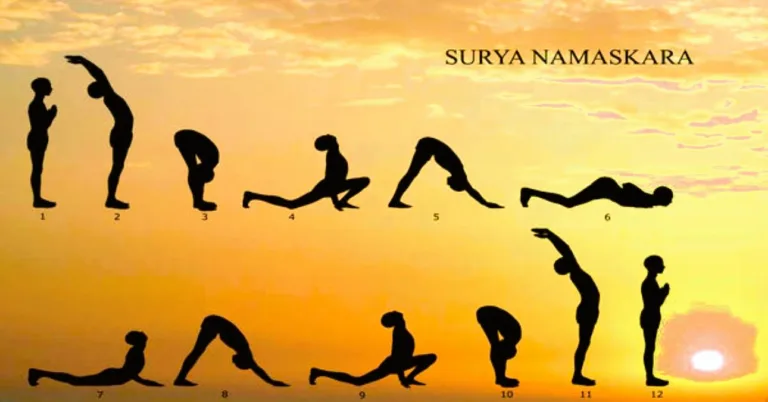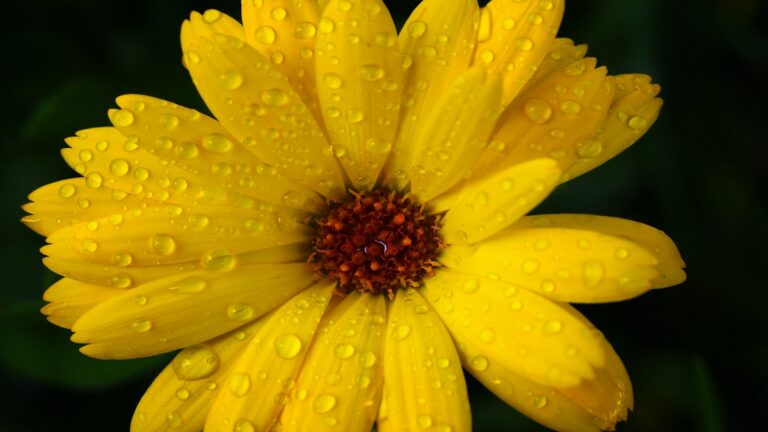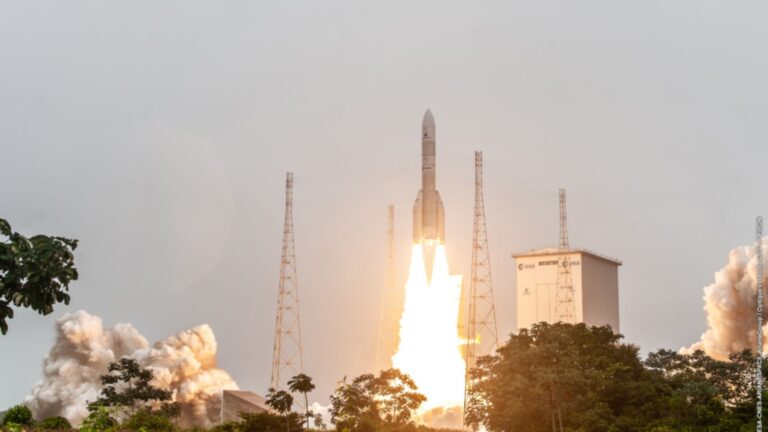
Happiness: Uniting with Your Soul Nature through Yogic Wisdom
Happiness, that elusive and often misunderstood state of being, is a quest that has captivated humanity for millennia. What is happiness? What truly makes us happy? These questions, while seemingly simple, invite complex introspection.
Times we seek happiness in things, like wealth, relationships or societal approval. However it’s worth questioning if our focus is directed correctly. In this journey of exploration we delve into the wisdom of yogic teachings to uncover the pathway to everlasting joy—an endeavor that calls for us to connect with the essence of our selves.
Table of Contents
The Illusion of External Happiness
There’re a number of people who believe that happiness lies in possessions, wealth, or the approval of others. This is a misconception that can lead us on an endless pursuit of materialistic and often unfulfilling goals. External factors have the power to influence our state of well-being, but they do not possess the key to true and lasting happiness.
Understanding the Power of Reactions
If things and people cannot grant us happiness, then where does it originate? Yogic teachings suggest that happiness is an internal matter, deeply rooted in our reactions to external stimuli. So, the crucial question arises: Can we choose to control our reactions? The answer is complex, as it involves overcoming ingrained habit patterns, possibly carried over from past lives.
Neutralizing the Chitta: A Path to Bliss
To attain a perpetual state of happiness, we must change these mental and emotional habits. According to the sage Patanjali, we must learn to neutralize the chitta, the primordial feelings of likes and dislikes residing within the heart. When we can achieve this, we enter a state of union and experience profound bliss.
Challenges on the Path
But why do we struggle to neutralize these chitta whirlpools? One significant barrier is habit, our innate resistance to change. Moreover, some individuals might unconsciously prefer the roller coaster of emotional ups and downs, craving excitement over lasting happiness. The crucial first step is developing a genuine desire for bliss over worldly excitement, a yearning for a connection with the divine over material pursuits.
Science of Controlling Prana
Feelings and emotions are intricately linked to the flow of prana, the vital life energy that courses through our astral and physical spines. An upward, expansive flow of prana nurtures feelings of Joy and well-being, while a downward, negative flow gives rise to discontent and unhappiness. In the teachings of Paramhansa Yogananda, we find practical methods to control prana, including the transformative Kriya Yoga.
Path to Union with the Infinite
Through daily practice and meditation, we learn to consciously control the flow of prana. When prana achieves a state of stillness, the turbulent waves of chitta subside. In this serene state, we finally unveil our true selves, our blissful soul nature. It is a nature that seeks nothing beyond itself and rests in perpetual contentment.
Conclusion
Eternal happiness is not a mirage; it is an attainable state of being. By delving into the profound wisdom of yogic teachings and embracing practices that help us control our reactions, we can neutralize the chitta and unite with our blissful soul nature. The path to eternal happiness is a journey of self-discovery & inner transformation. It is guided by a genuine desire to find bliss in the divine, rather than in the fleeting excitements of the material world. In these teachings, we find the wisdom to unlock the door to a life of unending joy and contentment, a state of being where happiness is eternally ours to cherish.






